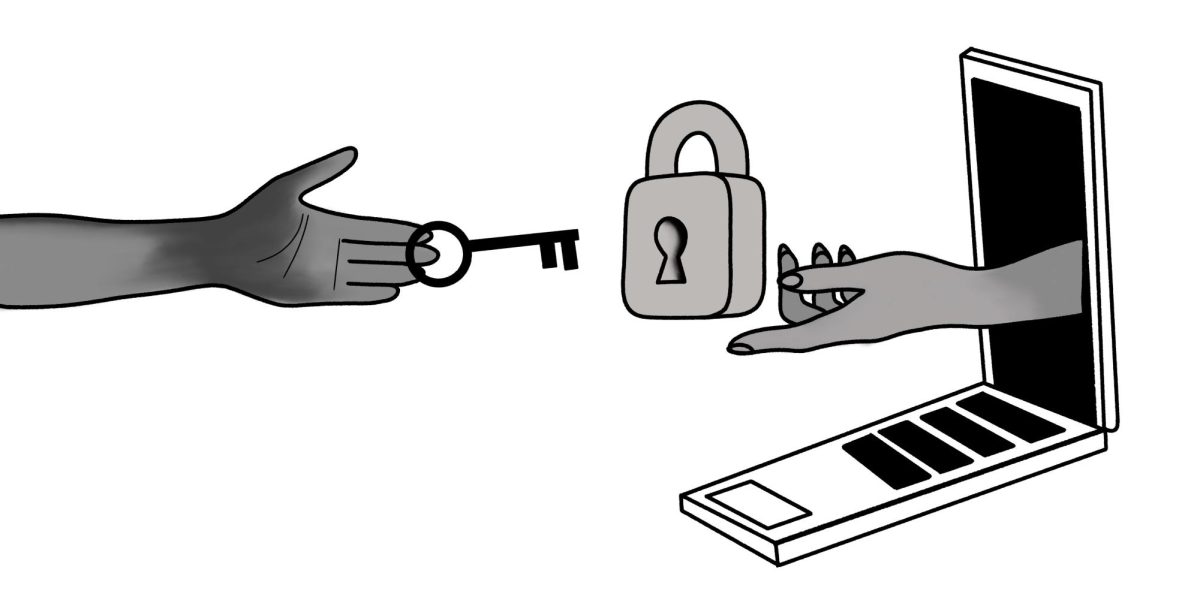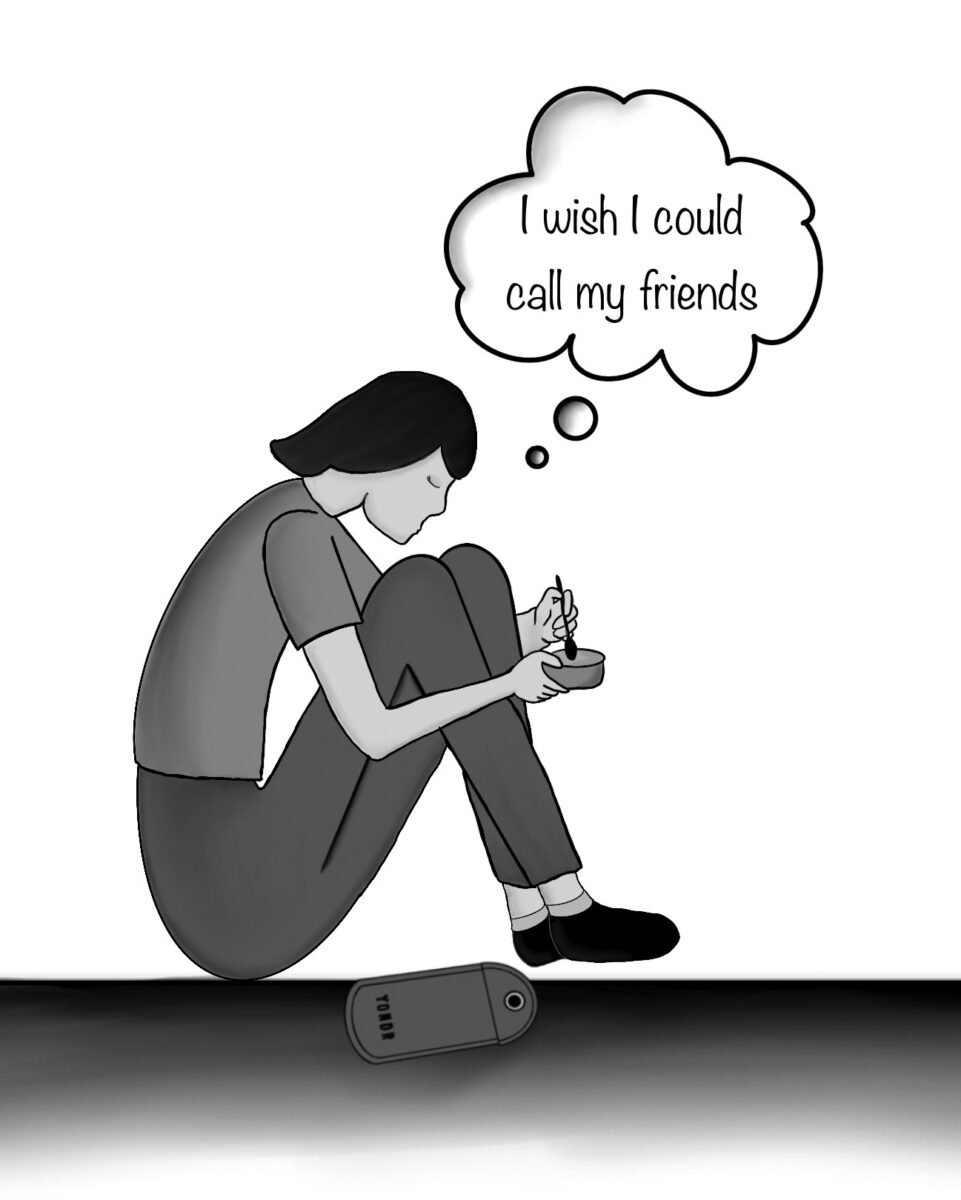For most, the first day of school involves a plethora of name games and awkward icebreakers. While these activities aim to help us “get to know” our peers, oftentimes, they fall short of achieving one fundamental goal: understanding our classmates’ identities. A key part of this concept requires familiarizing ourselves with our classmates’ gender and pronouns. For many, this might seem trivial — but using the correct pronouns at all times is crucial.
Misgendering in our community extends far beyond introductions in the classroom. For example, Synergy, the platform used by Tamalpais Union High School District (TUHSD) where teachers receive their class rosters, enables misgendering in the classroom by failing to include a pronoun category on students’ profiles. This, in turn, opens teachers up to misgendering their students since they cannot easily see what their pronouns are. In order to ensure that students’ identities are being respected, we need to address misgendering at Redwood by providing supportive resources for all students to more easily communicate their pronouns with their teachers and peers, as well as implementing pronoun education across TUHSD schools.
When it comes to Synergy, making sure that students’ identities are accurately represented is imperative for genderqueer visibility. While Synergy lacks the ability for students to list their pronouns, some school platforms do have this option. Canvas, an academic platform used by teachers to assign homework and tests, allows students to list their pronouns on their profile. Despite this, Canvas is still flawed for students to list their pronouns, as it only allows students to select from a drop down menu containing he/him, she/her and they/them pronouns, rather than provide their own. As a result, teachers are forced to make assumptions about students’ pronouns and overall gender identities based on the incomplete information displayed on class rosters and grade books.
When teachers address their students using incorrect pronouns, students in the class are likely to repeat and follow. This cycle can have detrimental effects on students’ mental health. According to a 2015 study conducted by Portland State School of Public Health, being misgendered is associated with poor self-esteem and a negative social identity. Allowing students to list their pronouns through applications like Synergy and Canvas would provide resources for faculty to more easily see students’ preferred pronouns. In addition, teachers asking students for their preferred pronouns is a step everyone in our community can take to decrease the chances of misgendering individuals.
It is common for people to assume this issue is not as significant as there is a small population of non-binary students on campus. However, there is no denying its pervasiveness in our community. Shea McHugh, a sophomore who identifies as non-binary and uses they/them pronouns, can vouch for the ubiquity of this shared experience among genderqueer students at Redwood.
“Every single trans or nonbinary person I know has at least five stories of people misgendering them [and] refusing to use their proper pronouns,” McHugh said.
McHugh says that even people who have only known them by they/them pronouns, continue to intentionally misgender them. McHugh’s experience is a prime example of the widespread problem of misgendering. According to a 2021 survey by the Trevor Project, a LGBTQ+ organization focused on suicide prevention, 49 percent of transgender and non-binary youth said their pronouns were not even respected in their own household.
“I wish that asking people for their pronouns was more normal. The first few days of school, teachers will [say,] ‘introduce yourself, say your name,’ and I’m like, ‘Please just ask me for my pronouns,’” McHugh said.
In order to prevent these experiences being enabled across our campus, we must implement education to inform our students and staff about the importance of gender identity and pronoun usage. As a community, we can begin curating a welcoming learning environment for all students by replacing gendered vocabulary with more inclusive language. This can be facilitated by providing group seminars that hold focused discussions on respecting the gender identities of staff and students to better understand this concept.
Some argue it would be unrealistic to expect immediate comprehension of gender identity among our faculty when most have only been accustomed to the binary genders and their corresponding pronouns. However, this is not a valid excuse to continue misgendering students. No matter the age or generation and culture one grew up in, anyone can address someone by their correct pronouns out of compassion and respect. Everyday we subconsciously use gender-neutral language such as they/them pronouns to address someone. For example, if a student left their backpack in a classroom, one would say, “They left their backpack in the classroom,” because the gender identity of the student is unknown. The definitions have always been there; it’s just a matter of applying them in a different context. It is the fact that people are either unaware or unwilling to be accepting of trans and non-binary people that furthers misgendering.
The TUHSD can start enacting systemic change by working with officials at school platforms to include a place on their platform where students can declare their own pronouns, but this is just the bare minimum. In order to initiate effective change over time, we must implement district-wide policies that regulate better education for students and staff around pronouns and gender identity. There is a dichotomy between the presented progressive image of Redwood and a school community whose underlying principles rely more on performative action than committing to initiate real change. By taking these realistic steps towards change on our campus and all TUHSD campuses we can amend these principles and cultivate a safer, more inclusive environment where all identities are validated.







